
The Best DNA and Ancestry Products Compared
The Ultimate Beginner’s Guide to Genealogy
- Updated April 2024
Advertising Disclosure
Many or all of the companies featured provide compensation to us. These commissions are how we maintain our free service for consumers. Compensation, along with hours of in-depth research, determines where & how companies appear on our site.
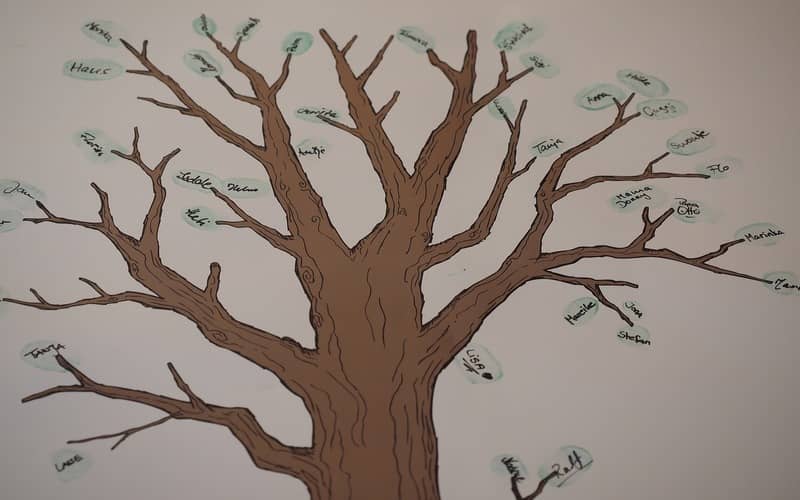
The concept of engaging in genealogy research may evoke a sense of reluctance, as one may envision oneself confined to a library or town hall for extensive periods, painstakingly sifting through antiquated books and towering shelves. However, it is now possible to conduct a significant portion of desired research conveniently from the comfort of one’s own home.
The internet has greatly facilitated the accessibility of public records housed within town halls and community centers situated vast distances away. Embarking on the path of genealogy research not only offers a glimpse into ancestral roots but also unveils the rich tapestry of personal histories, allowing individuals to forge a deeper connection with their heritage and identity.
Our comprehensive guide to genealogy research acts as a steadfast companion, equipping aspiring genealogists with not only practical strategies for uncovering vital information but also the necessary insights to interpret and contextualize their findings. Moreover, it sheds light on the emerging field of home DNA kits, which present a fascinating avenue for genetic exploration, enabling individuals to delve into their ethnic origins and trace ancestral migrations.
By embarking on this transformative voyage of self-discovery, individuals can embrace a profound sense of belonging, rooted in a shared past and a deeper understanding of the narratives that shape their present identities.
What Can Genealogy Tell You?
Genealogy, as an intricate field of study, possesses the remarkable ability to unravel a myriad of mysteries and provide profound insights into one’s personal and ancestral history. By delving into genealogical records, individuals can glean a multitude of significant information and uncover a wealth of knowledge.
At its core, genealogy illuminates the interconnectedness of generations, tracing lineage and familial relationships through time. Through meticulous research and analysis of vital records, such as birth, marriage, and death certificates, individuals can construct comprehensive family trees, mapping out the intricate web of ancestors who have shaped their existence.
Beyond establishing lineage, genealogy can shed light on geographic origins and migration patterns. By exploring census data, immigration records, and land deeds, researchers can trace the footsteps of their ancestors, understanding the lands they once inhabited and the journeys they undertook.
Genealogy has the potential to reveal intriguing details about the social and economic circumstances of past generations. Occupation records, tax assessments, and historical directories provide glimpses into the professions and socioeconomic status of ancestors, offering a deeper understanding of their lives and the societies they were part of.
In addition, genealogy can unearth hidden stories, unveiling remarkable individuals or notable events within family history. Discovering connections to famous figures, historical events, or cultural movements can provide a sense of pride and connection to the wider historical narrative.
Genealogy can illuminate patterns of inheritance, shedding light on genetic traits, health conditions, and family traditions that have been passed down through generations. It allows individuals to understand their genetic heritage and potential predispositions, providing insights into their own identities and shared familial characteristics.
How to Interview Your Family
Conducting interviews with family members is an invaluable and enriching approach to gather genealogical information and unveil the treasured stories and memories that reside within your family tree. Here are some steps to effectively interview your relatives and glean important insights:
- Prepare and plan: Before initiating the interviews, take time to outline your goals, identify specific areas of interest or gaps in your family knowledge, and prepare a list of questions accordingly.
- Choose a comfortable setting: Select a quiet and comfortable environment where your family members can feel relaxed and open to sharing their recollections.
- Set the tone: Emphasize the importance of the interview as an opportunity to preserve family history and celebrate shared heritage.
- Begin with open-ended questions: Start the conversation with broad and open-ended questions to encourage your relatives to share their memories and experiences.
- Document and record: Utilize note-taking or recording devices to capture the details of the interview accurately.
- Prompt specific details: As the conversation progresses, prompt your relatives with more specific questions to uncover names, dates, locations, and relationships. Inquire about family branches, ancestral hometowns, immigration journeys, occupations, or any significant accomplishments.
- Encourage storytelling: Encourage your family members to share anecdotes, personal narratives, and memorable stories about relatives or events.
- Respect sensitive topics: Be sensitive to potential emotional or sensitive subjects. Some family members may prefer not to discuss certain topics, so be considerate of their comfort levels and boundaries.
- Engage in active listening: Give your full attention, actively listen, and show genuine interest in what your relatives are sharing. Demonstrate empathy, ask follow-up questions, and express appreciation for their contributions.
- Express gratitude and follow-up: After each interview, express gratitude for their time, insights, and willingness to share.
By employing these strategies, you can create a warm and supportive environment that encourages open dialogue, enabling you to gather a wealth of valuable genealogical information and forge deeper connections with your family’s history.

Types of Public Records
Genealogy research relies heavily on accessing various types of public records, each offering unique insights into the lives and histories of our ancestors. Here are some key categories of public records commonly utilized in genealogical pursuits:
- Vital Records: Vital records include birth, marriage, and death certificates. These documents provide essential information such as names, dates, and locations, enabling the establishment of familial connections and timelines.
- Census Records: Census records offer a snapshot of individuals and households during specific periods. They provide valuable demographic details, such as names, ages, occupations, relationships, and locations, allowing researchers to track family units across different decades.
- Immigration and Naturalization Records: These records document the arrival of individuals into a country, providing information about their origins, dates of immigration, ports of entry, and sometimes even their occupations or names of family members.
- Land and Property Records: Land deeds, property transfers, and tax records provide insights into ancestral land ownership, migration patterns, and economic circumstances.
- Military Records: Military service records offer details about individuals’ military service, including enlistment dates, units served, ranks, and even physical descriptions.
- Church and Religious Records: Baptism, marriage, confirmation, and burial records maintained by religious institutions can be invaluable sources of genealogical information, especially before the advent of civil registration. These records often contain names, dates, relationships, and sometimes additional contextual details.
- Directories and Gazetteers: Directories, such as city directories or phone books, provide information about individuals’ residences, professions, and sometimes familial relationships. Gazetteers offer geographic details, including place names, boundaries, and historical context.
- Newspapers: Historical newspapers offer a wealth of genealogical information, including birth, marriage, and death announcements, obituaries, news articles, and community event notices.
- Probate and Will Records: Probate records document the distribution of an individual’s estate after their death. They often include wills, inventories, and details of heirs, shedding light on family relationships and sometimes offering glimpses into personal lives and material possessions.
- Court and Legal Records: Court records encompass various types, such as marriage licenses, divorce proceedings, adoption records, and criminal or civil cases.
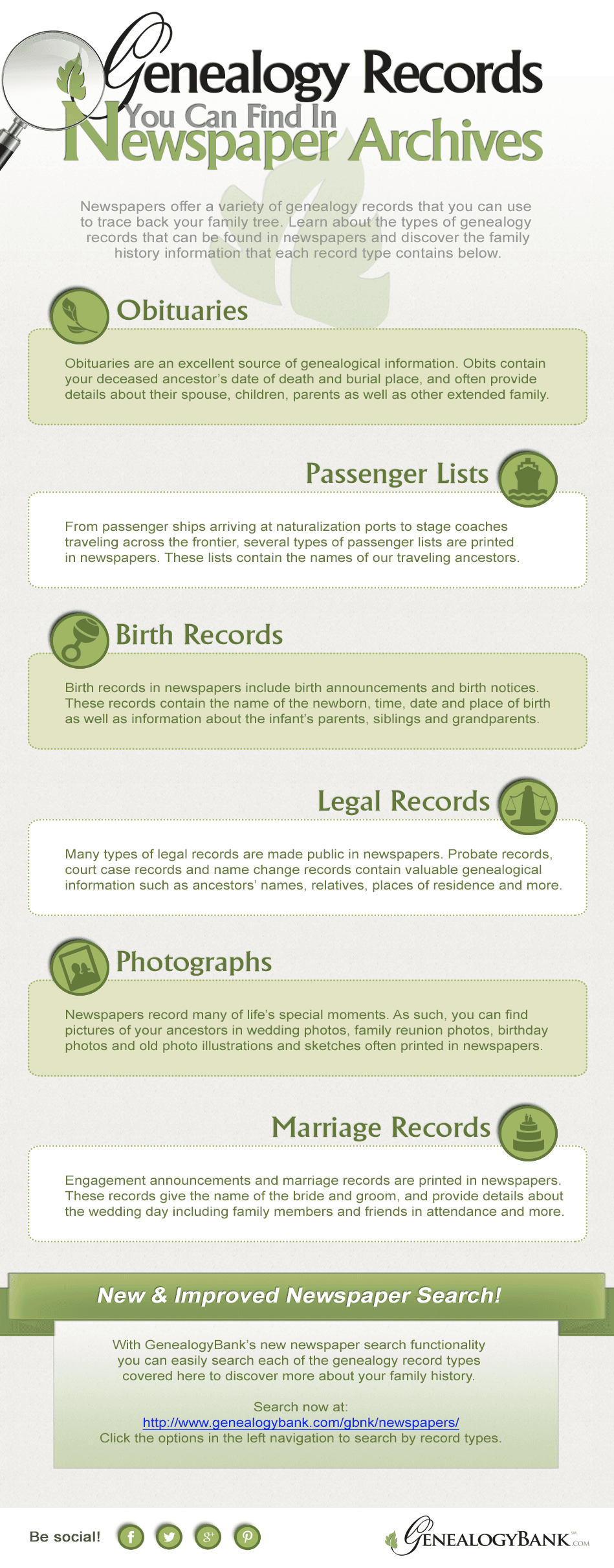
How to Get into Genealogy
Engaging in the rewarding pursuit of genealogy allows individuals to delve into the rich tapestry of their family history and gain a deeper understanding of their ancestral roots. Here are some steps to help you get started on your journey into genealogy:
- Define Your Objectives: Begin by clarifying your goals and what you hope to achieve through genealogical research. Are you interested in tracing a specific branch of your family tree, discovering your ethnic heritage, or uncovering notable ancestors?
- Start with What You Know: Begin your genealogical exploration by compiling information from your immediate family. Gather names, dates, and places of birth, marriage, and death, as well as any relevant documents, photographs, or family stories.
- Organize Your Research: Establish an efficient system for organizing your research materials and findings. Use tools such as spreadsheets, genealogy software, or online platforms to keep track of information, document sources, and maintain a clear record of your progress.
- Interview Family Members: Reach out to older relatives and interview them about their memories, stories, and knowledge of family history. Record or document these conversations to capture valuable oral history that may not be found elsewhere.
- Research Primary Sources: Explore primary sources such as birth, marriage, and death certificates, census records, immigration records, and military records. These records often provide critical details about individuals and their families, allowing you to trace lineages and uncover new leads.
- Utilize Online Resources: Take advantage of the wealth of genealogical resources available online. Genealogy websites, historical archives, and digitized records can provide access to a vast array of information, including digitized documents, family trees, and research databases.
- Join Genealogical Societies and Online Communities: Consider joining genealogical societies or online communities dedicated to genealogy research. These platforms offer valuable guidance, resources, and the opportunity to connect with fellow researchers who may share common interests or have expertise in specific regions or lineages.
- Verify and Document Sources: As you uncover information, ensure that you verify the accuracy and reliability of your sources. Document the sources of your data, including citations, to maintain a credible and well-documented family history.
- Plan Research Trips: If possible, plan visits to local libraries, archives, courthouses, or other repositories that hold pertinent genealogical records. These trips can provide access to unique resources and allow for deeper exploration of specific geographical areas.
How to do Genealogy Research for Free
Discovering your family’s history through genealogy research can be an enriching and fulfilling endeavor, and the best part is that it can be done for free using a variety of accessible resources and techniques.
- Start by gathering as much information as possible from your immediate family members, such as names, dates of birth, marriage, and death, and any significant details or stories.
- Utilize free online genealogy websites and platforms, such as FamilySearch, MyHeritage, and WikiTree, which offer access to extensive databases, family trees, and records.
- Explore free resources provided by government agencies, such as national archives, libraries, and vital records offices, which often offer online access to birth, marriage, and death records.
- Search for free digitized historical newspapers through websites like Chronicling America and Google News Archive, which can provide valuable information and obituaries.
- Join online genealogy communities and forums, such as Genealogy Stack Exchange or RootsWeb, where you can connect with experienced researchers, seek advice, and collaborate on shared family lines.
- Utilize social media platforms to connect with distant relatives who may have information or photos relevant to your research. Family Facebook groups or dedicated genealogy communities can be helpful in expanding your network.
- Explore online repositories and digital libraries specific to your region or country, which often house digitized records, maps, and historical documents.
- Take advantage of free access periods or trial subscriptions offered by paid genealogy websites, such as Ancestry or Findmypast, to access additional records and resources.
- Visit local libraries, historical societies, or genealogical societies in your area, as they may provide free access to research materials, reference books, and knowledgeable staff.
- Participate in genealogy webinars, workshops, or online courses offered by organizations like the National Genealogical Society or FamilySearch to enhance your research skills and learn new techniques.
Remember to carefully evaluate and verify the information you find, citing your sources and maintaining organized records of your research. While free resources can provide a wealth of information, be aware that some records and advanced features may require paid subscriptions or access fees.

Where to Look for Online Resources
When it comes to genealogy research, the internet offers a wealth of online resources that can help you uncover your family’s history and discover your roots. In this response, I’ll discuss some popular options, including 23andMe Ancestry Test Kits, the Family History Center, and other online resources for genealogical research.
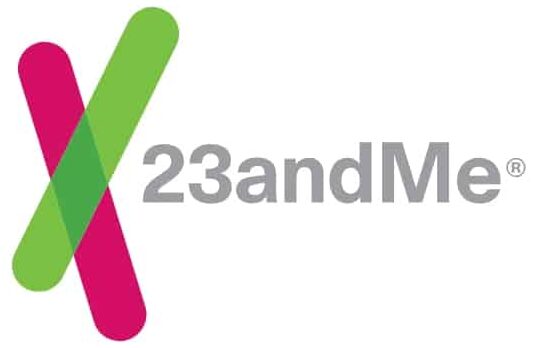
23andMe is a well-known company that provides DNA testing services for genealogy purposes. By ordering their ancestry test kit, you can submit a saliva sample, which will be analyzed to provide information about your genetic heritage and potential matches with other individuals in their database. This can help you connect with relatives you may not have been aware of and gain insights into your family’s migration patterns. The company also offers additional features, such as health-related reports, which can be helpful for those interested in both genealogy and personal health information.

The Family History Center is a network of genealogy research facilities run by The Church of Jesus Christ of Latter-day Saints (LDS Church). These centers provide free access to a vast collection of genealogical records, including birth, marriage, death certificates, census data, and more. Many of these records have been digitized and are available online through the FamilySearch website. Even if you’re not a member of the LDS Church, you can visit these centers and access their resources for your genealogy research. It’s important to note that some records may only be available for in-person access at specific Family History Centers.

Ancestry.com is one of the most popular and comprehensive online genealogy platforms. It offers access to an extensive collection of historical records, including vital records, census data, immigration records, and military records from various countries. Ancestry.com also provides tools for creating family trees, collaborating with other researchers, and DNA testing. The subscription-based service offers different membership plans and provides access to billions of records, making it an invaluable resource for genealogy enthusiasts.

MyHeritage is another well-established genealogy website that offers access to a wide range of records from around the world. It provides tools for building family trees, discovering relatives, and connecting with other researchers. MyHeritage also offers DNA testing services, allowing users to compare their results with a large database of individuals to find potential matches. The platform’s subscription plans provide access to its extensive collection of historical records, including birth, marriage, death, immigration, and census records.

Findmypast is a genealogy website that specializes in records from the United Kingdom, Ireland, the United States, Canada, and Australia. It offers access to various historical records, including birth, marriage, death, census, military, and parish records. Findmypast provides search tools and tools for building family trees, allowing users to uncover their ancestors’ stories. The platform offers subscription plans with different levels of access and also provides DNA testing services.
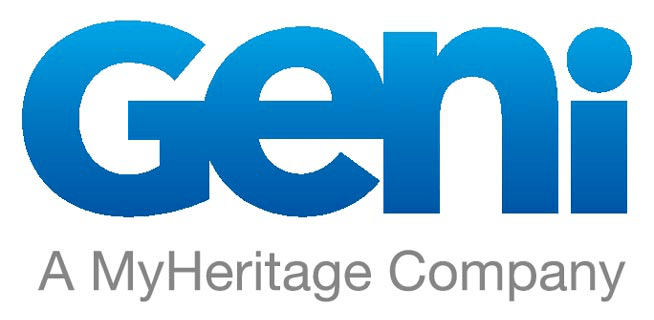
Geni is a unique genealogy platform that emphasizes collaborative family tree building. It allows users to create and expand their family trees while connecting with other researchers and relatives. Geni offers features for merging and collaborating on family trees, making it easier to work together with other family members. While Geni offers free access to basic features, it also provides a subscription-based Pro membership that unlocks additional tools and records. It’s worth noting that Geni is now owned by MyHeritage, and the two platforms are integrated to some extent.
DNA Testing Kits and What They Reveal
DNA testing kits have become increasingly popular for genealogy research, as they provide valuable insights into an individual’s genetic ancestry and connections to other individuals with shared DNA. Here’s an overview of DNA testing kits and what they reveal:
Genetic Ancestry
DNA testing kits analyze specific regions of an individual’s genome to determine their genetic ancestry. By comparing your DNA to reference populations from around the world, these tests can estimate the geographic regions your ancestors likely originated from. They can provide breakdowns of your ancestry by percentages, showing the proportion of your genetic makeup associated with different regions or ethnic groups. For example, you may learn about your African, European, Asian, or Indigenous American heritage. This information can help you gain a deeper understanding of your family’s migration patterns and ethnic origins.
Shared DNA Matches
One of the significant benefits of DNA testing kits is the ability to connect with relatives who have also taken the test. These tests compare your DNA with other individuals in their database and identify shared segments of DNA, indicating a potential familial relationship. Through these DNA matches, you can discover previously unknown relatives, from close family members to distant cousins. Many testing companies provide tools to explore these matches, allowing you to contact and collaborate with newfound relatives on your genealogical research.
Migration and Genetic Communities
DNA testing kits often provide insights into migration patterns and genetic communities. Genetic communities are groups of individuals who share common ancestors and have similar genetic profiles. Testing companies may identify specific regions or communities where your ancestors likely lived based on the genetic patterns found in your DNA. This information can further enhance your understanding of your family’s history and provide clues for further research.
Health-Related Information
In addition to ancestry information, some DNA testing kits offer health-related reports as an optional feature. These reports can provide insights into genetic predispositions for certain health conditions, carrier status for inherited diseases, or responses to certain medications. It’s important to note that these health reports should not replace professional medical advice, and genetic testing for health purposes should be approached with caution and consultation with a healthcare professional.
DNA testing kits can offer fascinating and valuable information for genealogy enthusiasts. They can provide a deeper understanding of your ancestral origins, help you connect with relatives you may not have been aware of, and contribute to building a more comprehensive family tree. It’s essential to choose a reputable testing company, review their privacy policies, and consider any potential implications or limitations of the information revealed by these tests.
How Does a DNA Test Work?
DNA tests work by analyzing specific regions of an individual’s DNA to extract information about their genetic makeup. Here’s a simplified explanation of how DNA tests work:
Sample Collection
To begin the DNA testing process, you typically need to provide a DNA sample. This is commonly done through a saliva sample, where you will spit into a collection tube or swab the inside of your cheek to collect cells containing DNA. Some tests may also accept other types of samples, such as blood or buccal swabs.
DNA Extraction
Once the sample is collected, the next step is to extract the DNA from the cells. The collected sample undergoes a laboratory process where the DNA is isolated and purified. This extraction step separates the DNA from other cellular components.
DNA Analysis
After DNA extraction, the isolated DNA is subjected to various analysis methods depending on the purpose of the test. The two main types of analysis used in genealogy DNA tests are autosomal DNA testing and Y-DNA or mtDNA testing.
- Autosomal DNA Testing: This analysis examines the 22 pairs of autosomal chromosomes, which contain genetic information inherited from both parents. Autosomal DNA testing provides information about genetic ancestry, ethnicity estimates, and matches with relatives across multiple generations.
- Y-DNA and mtDNA Testing: Y-DNA testing specifically examines the Y-chromosome, which is passed down from father to son, making it useful for tracing the paternal lineage. On the other hand, mtDNA testing focuses on the mitochondrial DNA inherited from the mother and allows for tracing the maternal lineage. These tests provide insights into deep ancestry and ancient migration patterns.
Comparison and Interpretation
Once the DNA analysis is complete, the results are compared to a reference database or population datasets. The reference database contains DNA profiles from individuals with known ancestries and genetic information. By comparing your DNA to these reference samples, the test can estimate your genetic ancestry and identify potential matches with individuals who share segments of DNA.
Result Presentation
The DNA testing company presents the results to the individual in a user-friendly format. This typically includes an ancestry breakdown, indicating the percentage of genetic ancestry from different geographic regions or ethnic groups. The results may also include information about shared DNA matches, genetic communities, and, if applicable, health-related reports.
It’s important to note that different DNA testing companies may use varying methods and have different databases, which can lead to variations in the results and interpretations. Additionally, DNA testing for genealogy purposes focuses on specific regions of the genome relevant to ancestry, rather than sequencing the entire genome.

How to Start a Family Tree Chart
Starting a family tree chart is an exciting way to begin documenting and organizing your family history. Here’s a step-by-step guide on how to get started:
- Gather information about your immediate family members.
- Choose a format: paper or digital.
- Start with yourself and connect to your parents and siblings.
- Add your grandparents and connect them to your parents.
- Research and verify missing information using documents and online resources.
- Add additional details like dates, occupations, and stories.
- Document your sources for future reference.
- Share and preserve your family tree with relatives.
- Continuously update and expand your tree as you discover more information.
Building a family tree is an ongoing process of gathering information, connecting generations, and preserving your family’s history.
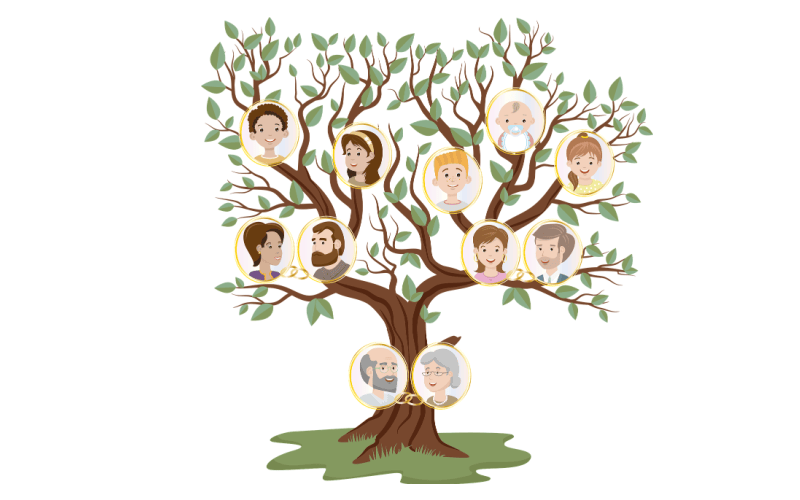
How to do a Family Tree for Free
Creating a family tree without spending money is ideal for many people. Here are some steps you can follow to begin creating your personalized family tree.
- Start with the test results: Begin by reviewing the information you received from the home DNA test. This may include details about your genetic ancestry, ethnic breakdown, and potentially matches with other individuals who share DNA with you.
- Document your immediate family: Use the information you have about your immediate family members, such as parents and siblings, and add them to your family tree. Include their names, birthdates, and any other relevant details.
- Connect with DNA matches: Reach out to individuals who are listed as DNA matches in your test results. Exchange information, compare family trees, and collaborate to identify common ancestors. This can help you expand your family tree and discover new branches of your family history.
- Research and verify: Utilize free online resources, such as genealogy websites and databases, to further research your ancestors. Look for birth records, marriage certificates, census data, and other relevant documents to confirm and expand upon the information you obtained from the DNA test.
- Engage with genealogy communities: Join online genealogy forums or social media groups to connect with other researchers who have similar DNA matches or ancestral connections. They can provide guidance, share insights, and offer tips on how to navigate your family tree research.
- Collaborate with relatives: Share your findings with other family members and encourage their involvement in building the family tree. They may possess additional information, documents, or photographs that can contribute to a more comprehensive and accurate representation of your family history.
- Utilize free family tree software or online platforms: Take advantage of free genealogy software programs or online platforms to create and organize your family tree. These tools often have features that help you add information, connect generations, and visualize your family’s relationships.
- Document your sources: As you gather information, keep track of the sources you used, such as websites, databases, or documents. This will help you verify the accuracy of your research and allow others to validate your findings.
- Expand your research: As you build your family tree, continue to explore additional records, conduct interviews with relatives, and refine your understanding of your family’s history. The process of discovering new information is ongoing and can lead to exciting breakthroughs.
Remember, building a family tree is an evolving process that requires patience and continuous research. By combining the information from your home DNA test with traditional genealogical research, you can create a more comprehensive and detailed representation of your family’s unique story.
Genealogy Tips for Beginners
Embarking on the journey of genealogy can be an exciting endeavor, allowing you to uncover the rich tapestry of your family’s history. Here are some essential tips and steps to help beginners get started in their genealogical research.
- Use a timeline format: Create timelines to understand your relatives’ lives and their interactions.
- Explore female ancestors: Check marriage databases, census records, and siblings’ names to find information about women who might have been listed under their husbands’ names.
- Start with one site: Begin your research with one database or resource before moving on to others to avoid confusion.
- Set goals: Focus on specific objectives to keep your research organized and prevent overwhelm.
- Look for conflicting data: Take note of conflicting information and review your research to determine the accurate details.
- Start with the facts: Begin with someone you know well, such as a parent or grandparent, to establish a foundation for your research.
- Move beyond one person: Explore siblings and extended family members to find additional information and connections.
- Utilize DNA results: Make use of home DNA test results to connect with genetic matches and uncover potential family relationships.
- Set reminders: Work in shorter increments of time to avoid fatigue and maintain consistency in your research.
- Join message boards and forums: Engage with genealogy communities to seek advice, share your family tree, and seek help when needed.
- Check for books: Search for published books about your family history in local libraries or through interlibrary loan systems.
- Follow immigration and settlement patterns: Trace the movement of your ancestors to understand their migration and settlement patterns.
- Use different names: Consider variations in names and nicknames when searching online databases for better results.
- Explore neighboring states: Look beyond the state where your family lived to find relevant records, especially for marriages and divorces.
- Talk to your family: Engage with relatives to share and gather information, verify facts, and discover new leads.
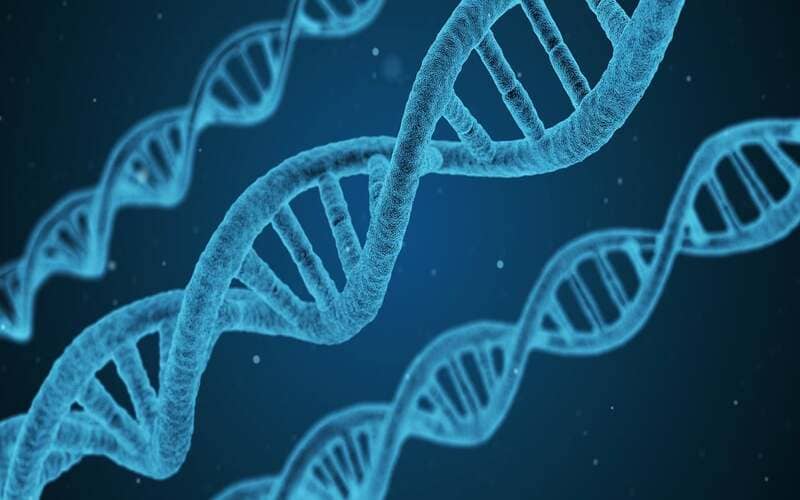
Start Your Research Today
Discover the joy of delving into your family’s history with our comprehensive beginner’s guide to genealogy. Unleash the power of creating your own family tree, a treasure to be cherished by future generations. Whether you’re exploring digital archives or seeking DNA insights, our guide equips you with the tools to embark on this fascinating journey of self-discovery and cultural heritage. Start your research today and uncover the stories that connect you to your past.

Start Your Research Today
https://www.top10.com/dna-testing/genealogy-comparison-us-dt
https://www.genealogybank.com/family-tree
https://www.archives.gov/riverside/how-to-begin-genealogical-research
https://www.familysearch.org/en/wiki/New_to_Genealogy_-_Beginners_First_Step
https://familytreemagazine.com/research/beginner-genealogy-4-tips-4-starting-family-tree/
https://www.genealogyexplained.com/basics/start-genealogy-research/
https://rowman.com/ISBN/9781538169292/Genealogy-for-Beginners
https://lisalisson.com/genealogy-for-beginners/
https://medlineplus.gov/genetics/understanding/dtcgenetictesting/ancestrytesting/
https://www.vox.com/science-and-health/2019/1/28/18194560/ancestry-dna-23-me-myheritage-science-explainer
https://www.ancestry.com/c/dna-learning-hub/what-to-expect-ancestrydna-test
https://time.com/5783784/dna-testing-genetics/
https://www.ncbi.nlm.nih.gov/pmc/articles/PMC8202415/
https://www.nist.gov/how-do-you-measure-it/how-do-companies-measure-dna-discover-your-ancestry
https://www.ncbi.nlm.nih.gov/pmc/articles/
https://www.czepigalaw.com/blog/6-surprising-benefits-of-researching-your-family-history/
https://www.familytreeresources.com/why-is-family-history-important.html
https://www.livescience.com/24313-why-ancestry.html
